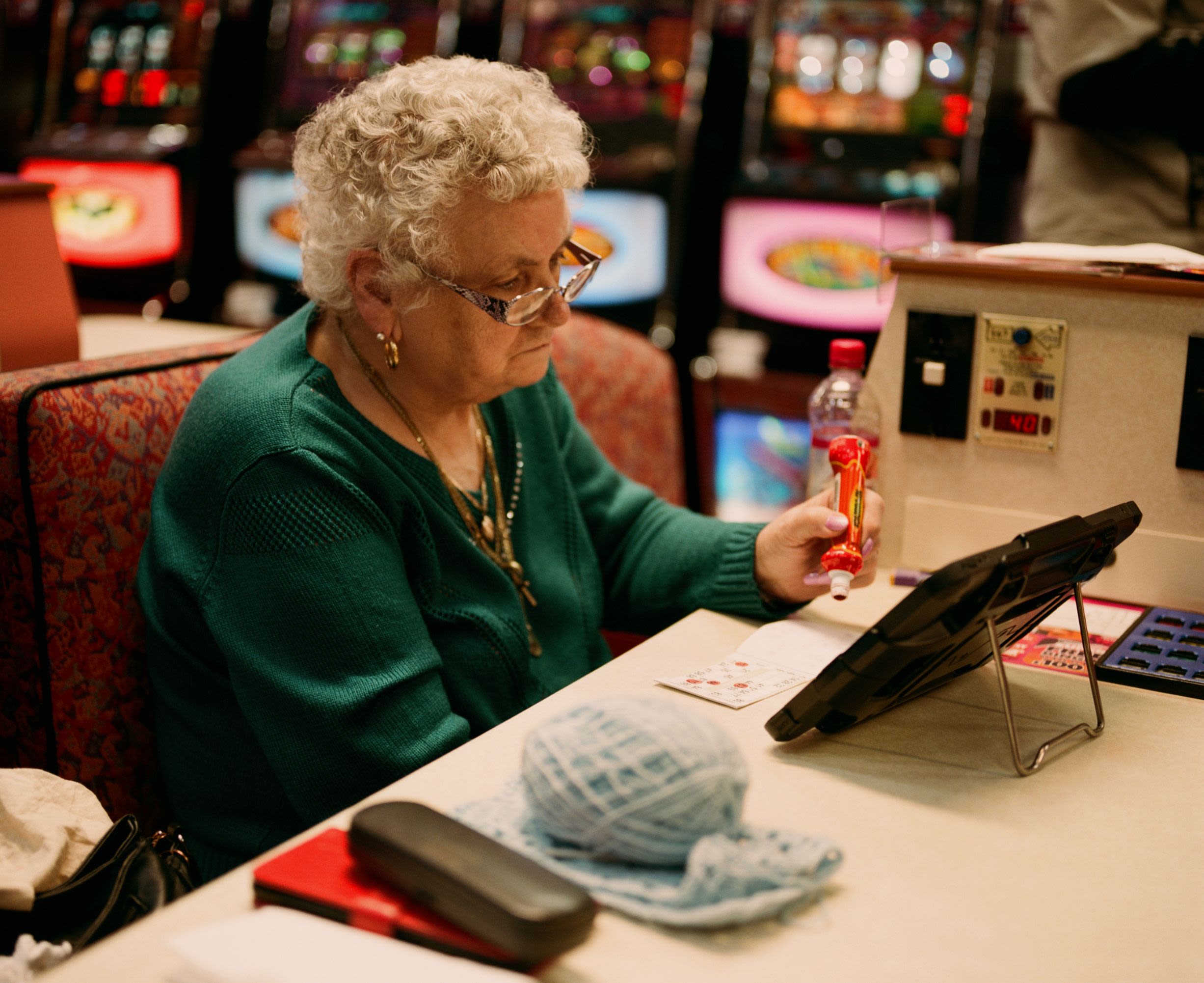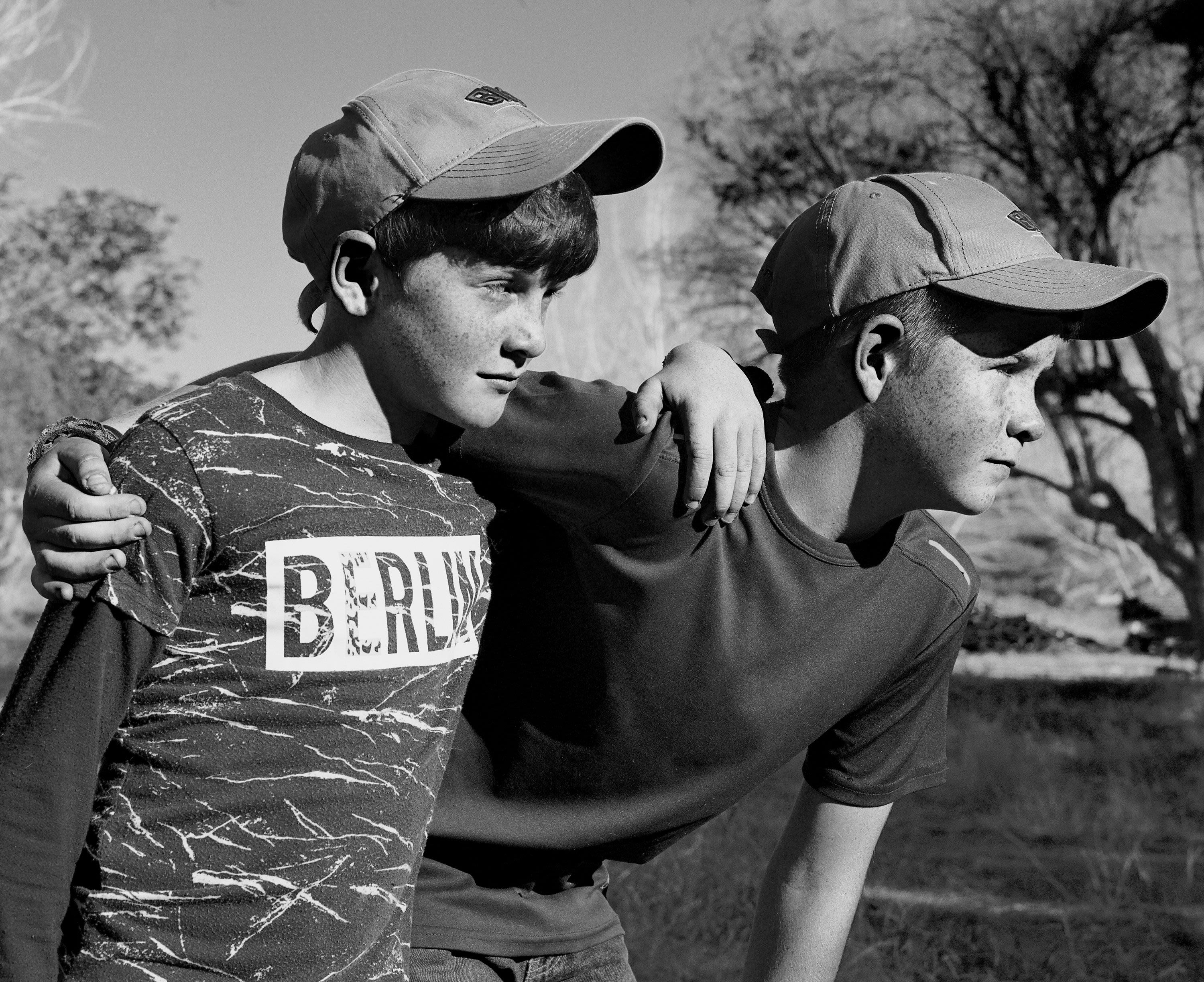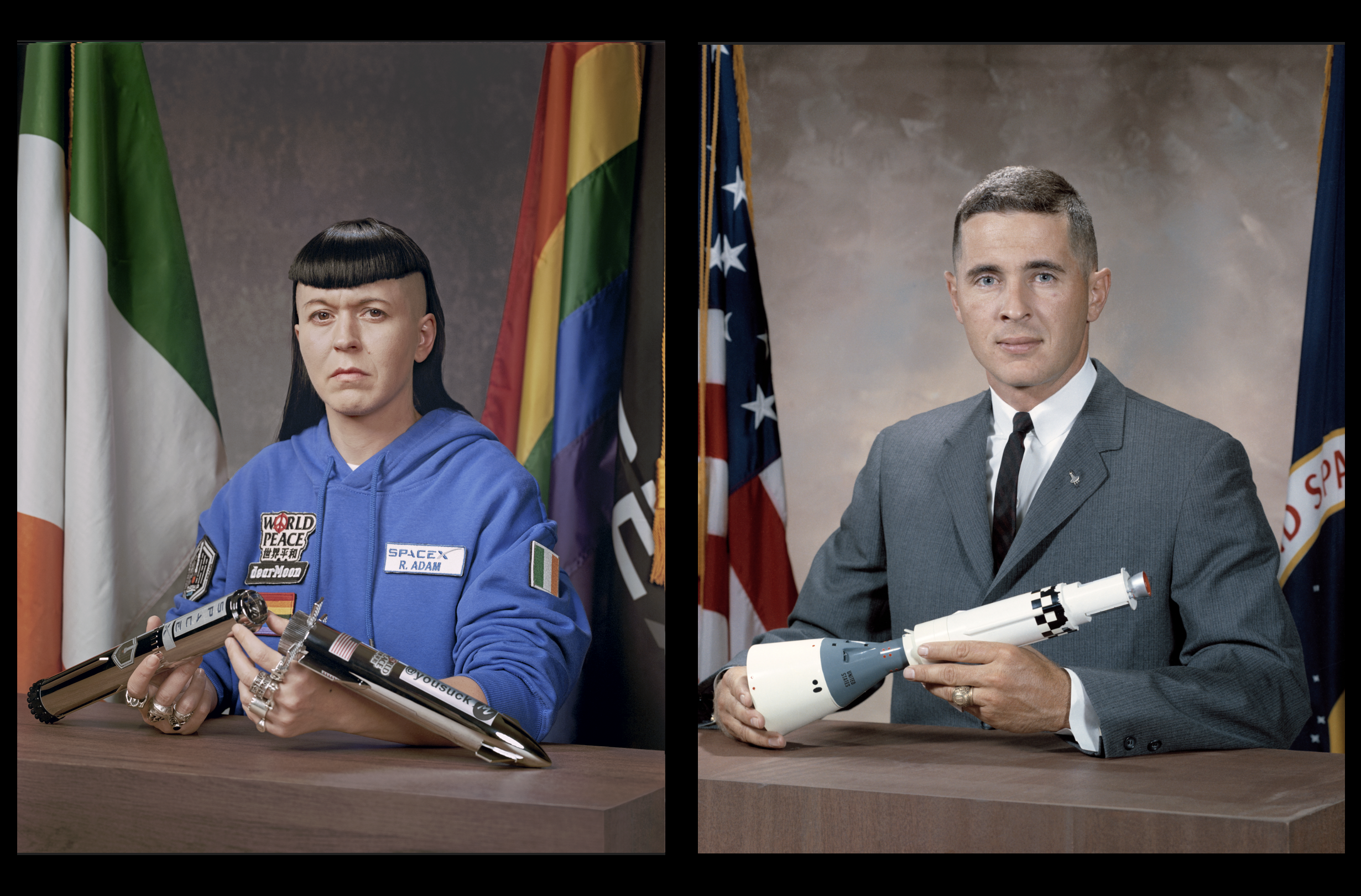In the mid 90s, Rhiannon spent several of her formative years in the Caribbean aboard her family’s sailing boat, Jannes. She sat common entrance in Trinidad, W.I., and attended school in Port of Spain, and whenever her family’s visas were up for renewal, they would take a detour to a neighbouring island, and re-enter. As a result, she saw many Caribbean islands, making them her temporary home – not quite a local and not quite a visitor. Like hermit crabs travelling with their homes on their back, with nowhere else to be, and nowhere to return to.
This haphazard existence led to many off-piste adventures, some good, some not so good. The Caribbean she knew was far from the idyllic utopia so favoured on the pages of travel magazines. It had more texture, more life. Dub nights, carnivals, roti shops and strip clubs, affairs and divorces, drug deals and murders. In between, Rhiannon had created a version of normality. Stolen phone cards would be her link to the UK, and ultimately, an escape plan to London – a whole new world.
The Caribbean of the 90s seems almost like a figment from the distant past, but it does still exist. In pockets, off the well trodden path, outside of the gated resorts and millionaire mansions, emerging from languorous afternoons, and seeping into the mornings after balmy bacchanalian nights, as well as being a large part of Rhiannon herself. Even in the 90s, few ‘tourists’ ventured past the gaudily constructed duty free areas, or the safe zones of a hotel compound or marina fence; the playpens riddled with false smiles and fridge magnets.
These are the beginnings of on-going work in the West Indies, exploring the photographer’s past through her present lens, attempting to recapture the feelings of a childhood long rendered abstract, to reconnect in the present, grasping at that ‘real’ side of the Caribbean that few take the time to explore.


















